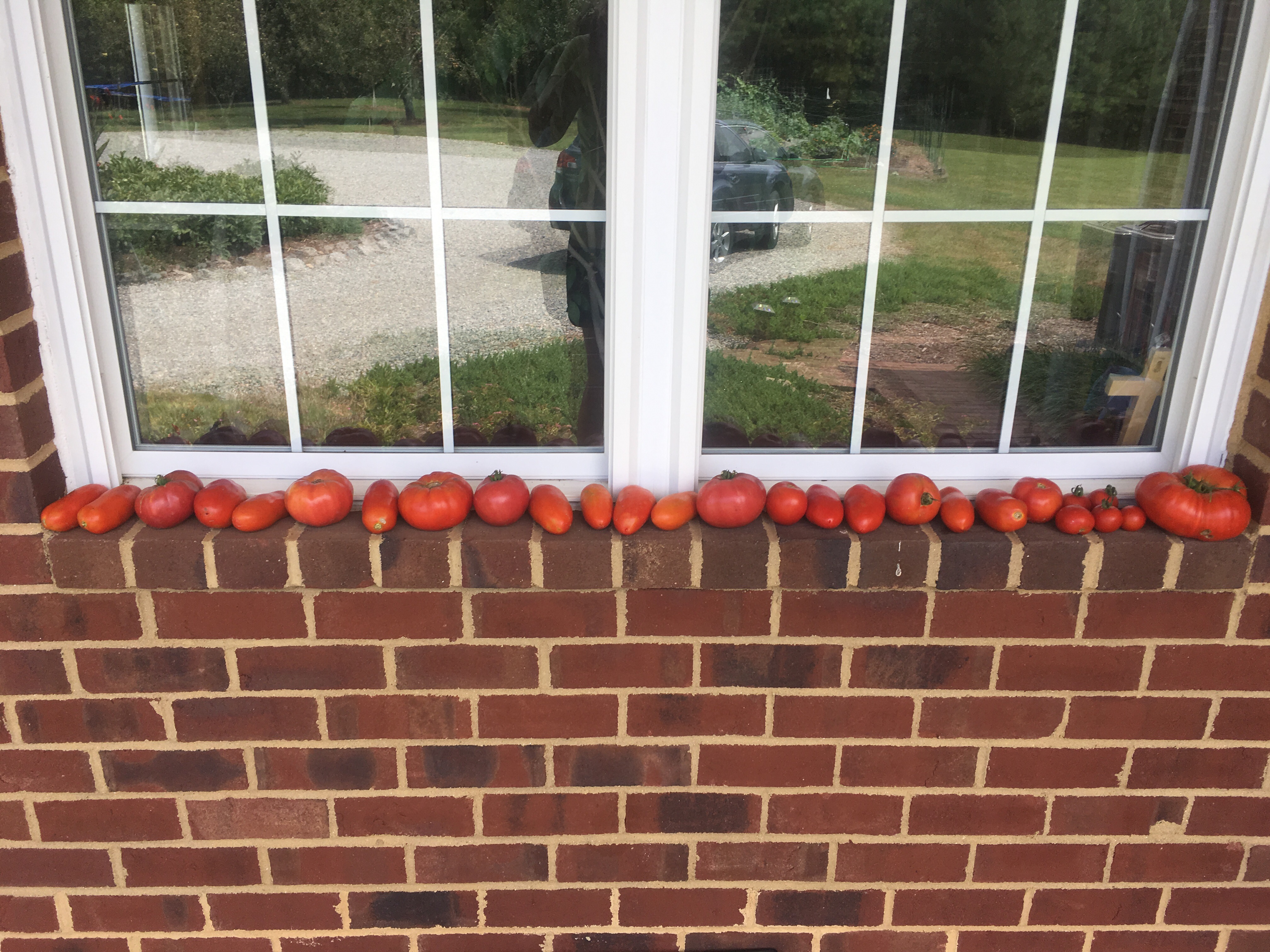What has been is what will be,
and what has been done is what will be done,
and there is nothing new under the sun. Ecclesiastes 1:9
I am not under any delusions that I am living anything approaching a minimalist lifestyle. I have way too many full kitchen cabinets, we have too many animals, and my husband has too many tractor implements. Yet the minimalism intrigues me – kind of the way families that have more than a handful of kids intrigue me. It is not something I actually would ever want to do; truthfully, it terrifies me on some level. But I think I could learn some important lessons from it. And so I gawk.
After tracking how much time I spent in the kitchen for a few days, I realized that there must be some serious room for improvement here. I was curious to know how people who embrace a minimalist lifestyle might approach cooking. A few searches on minimalist cooking turned up the Whole 30.
The Whole 30 is an eating plan that basically entails eating only meat, vegetables, fruit, eggs, and nuts for a full 30 days with a goal of improved health and energy.
To me, the real value of the Whole 30 is to see what kind of health improvements super-clean eating might bring. The plan excludes grains, sugar, legumes, soy products, and alcohol. There are various other rules – and several entire books on the plan – but in a nutshell, that’s it.
This eating plan was attractive to me for two reasons. It simplified shopping, meal planning, and cooking. I also hoped that it would help me solve the mystery of some intermittent GI pain that has been bothering me for years. So I tried it and found that it did actually deliver on both of these expectations.
I did a fairly strict Whole 30 in March and now in July I am still leaning toward the Whole 30 plan. I do eat cheese, drink wine, and enjoy an occasional dessert. With some exceptions, I try to steer clear of grains and processed foods, especially those with long, multi-syllable ingredient lists.
After eating this way for a while, I began to recognize something familiar.
The way I approach dinner is strikingly similar to how my grandmother cooked dinner: meat, vegetables, and some fruit. Simple.
Now, the way my grandmother cooked was not necessarily Whole 30 compliant. She served bread (mostly store-bought) almost every night with dinner. She did use some sugar, although she really didn’t bake or make sweets a lot. And she made the world’s best fried chicken, dredged in white flour, and gravy, made with white flour. But these were only made occasionally, usually for company, and were not everyday fare.
Our grandparents did – for the most part – cook and eat whole, unprocessed food.
You can find lots of more complicated “Whole 30” recipes online. But at it’s core, the Whole 30 is basically this: eat real food, all the time! My grandmother didn’t know she was in on a trend ahead of her time. She wasn’t trying to be “green” or “healthy”. She didn’t know about good fats, omega 3’s, or microbes. And she wasn’t trying to detox anything. She was just cooking the way she knew how. And she enjoyed it.
What does it say about us that eating real food has become trendy? There is truly nothing new under the sun and I am thankful that eating simple, whole food has come back into favor!
Have you tried the Whole 30? Did it change the way you eat after the 30 days were over? Has it changed the way you plan and prepare meals? Leave a comment and let us know!







Love the simplicity! The reminder of how Grandma cooked is so true and wondering how eating real food has become trendy does make you think about our society!!? Great article!